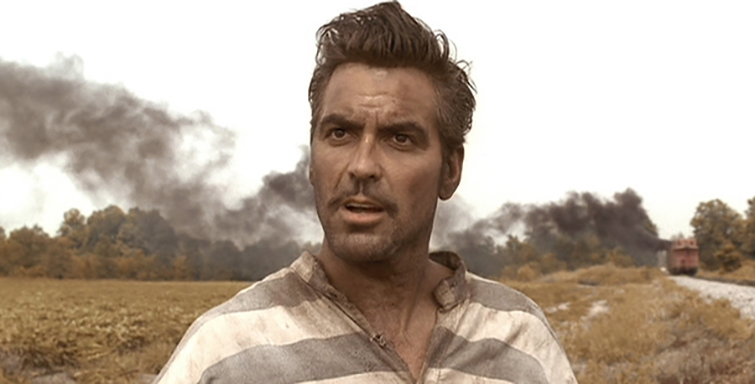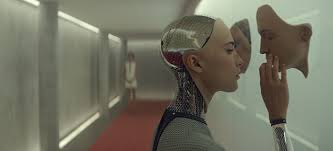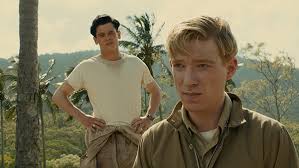In ‘Film Language’ your most important tool (or your biggest trick) is to use the a BCU (Big Close-Up) and/or ECU (Extreme Close-Up) and the Insert Shot. In the lesson we will look at these and then use the manual settings on the camera to practice them.
First of all, let’s identify these shots.
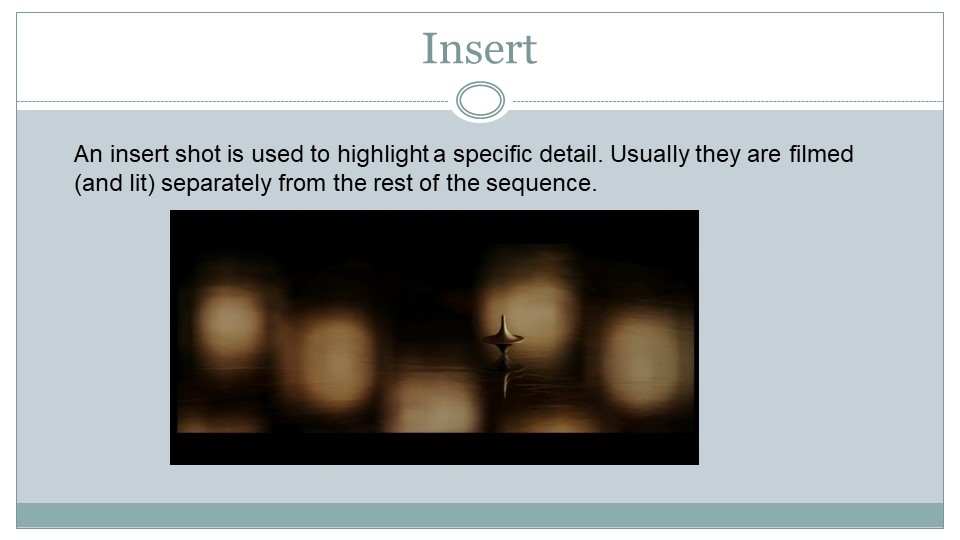
Insert Shots are used to provide detail, they can be of a person, an object, a place, but they are always ABOUT DETAIL. It is one of the key features of cinema that it is able to transform our expectations and understanding around TIME AND SPACE that we are able to bring an audience so closely to such details. This can create DRAMATIC IRONY (the audience is given information that our characters are not aware of) or EMPATHY we connect with our characters, or SYMPATHY (we feel sorry for our characters) or . . .
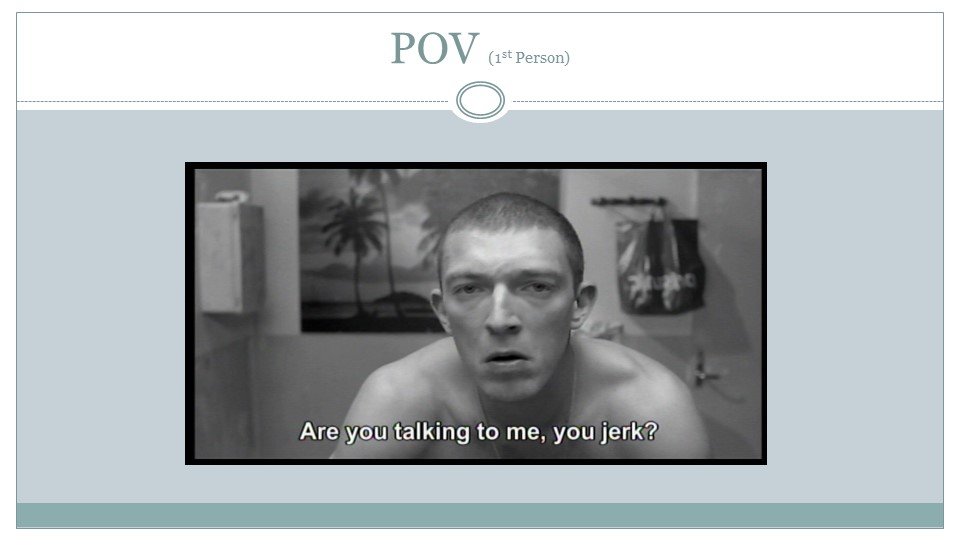
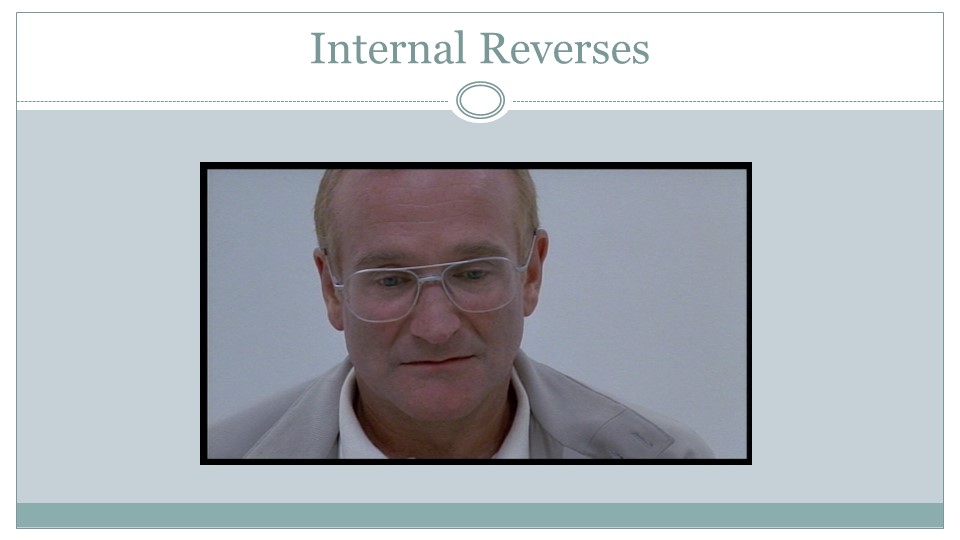
In terms of people we can use an BCU or ECU to bring the audience into contact with a character is feeling at a particular moment in the film. We will look at how to build character sequences (often used during dialogue) next week. But for now it would be good to practice some shots using our cameras.
TASK: Take 10-12 single shots that are ECU’s/BCU’s of your character, including some shots of a key object (ie your INSERT SHOT). Upload onto your blog with some explanation and description of what you are doing
How to use your camera to get a really good BCU/ECU, INSERT shot. The best way to get a really good close up is to get really, really, really close! Think about:
- framing
- shot size
- shot angle
- colour
- texture
- focus
- depth of field (we will look at this in more detail in another lesson)





